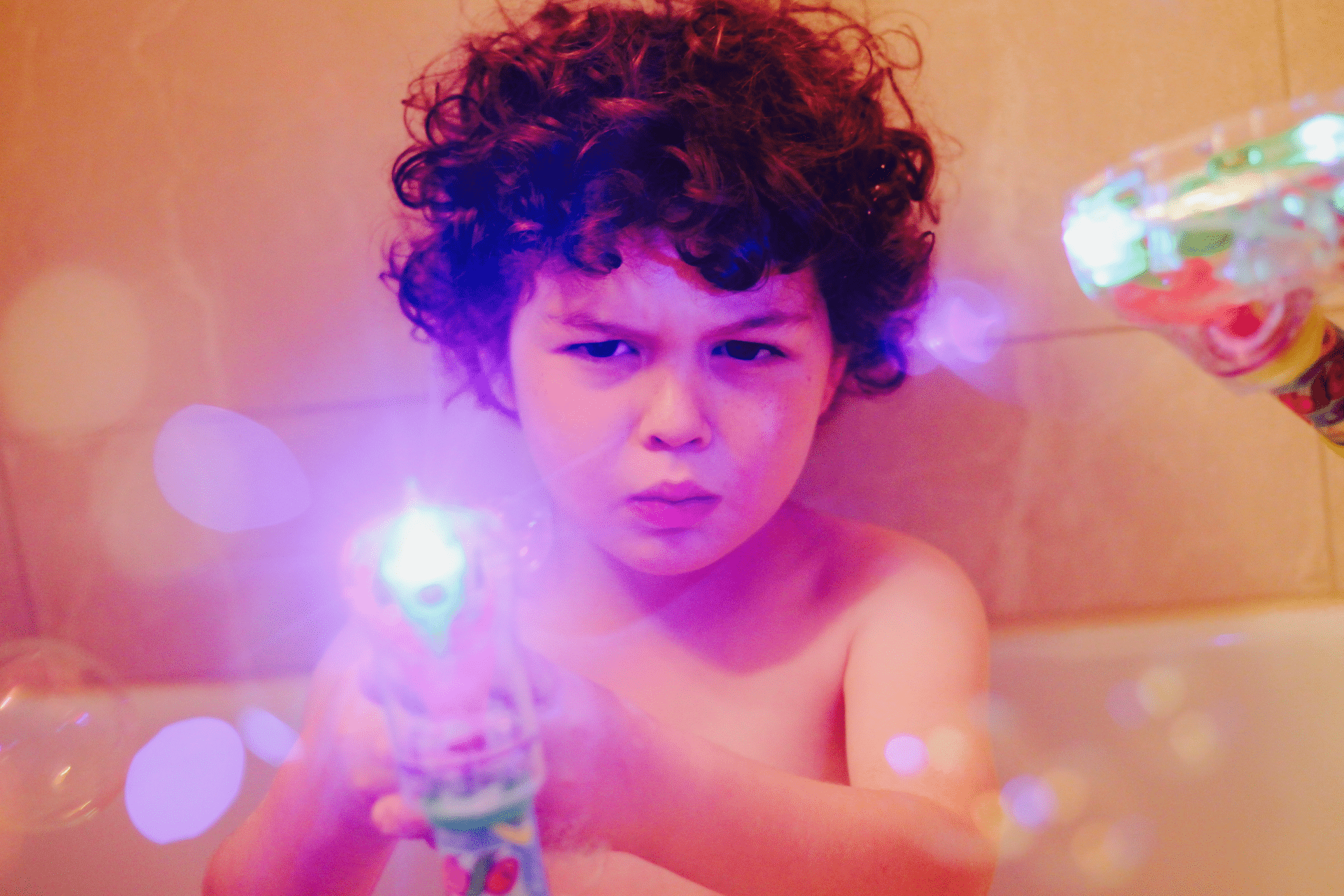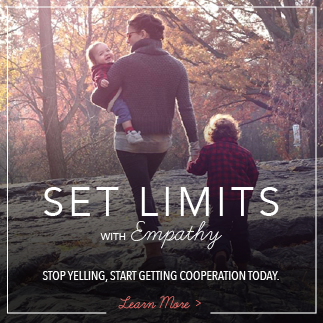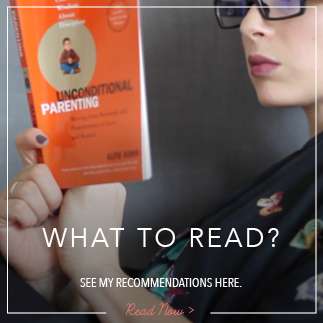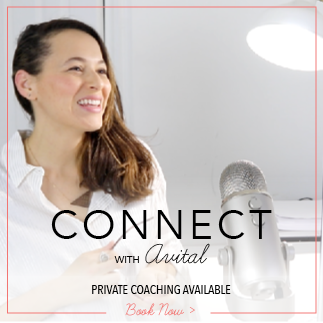6 Profound Mindset Shifts
As someone who is deeply committed to a respectful, conscious and peaceful parenting approach, it both embarrasses and despairs me to come face-to-face with my raging, lunatic, hot-red temper… often. There she is again, my True Self sighs, that hot-headed inner child who never runs out of tantrums. My son need only roll his eyes, make a snarky remark or spill the milk(!) again and I’m off like a switch.
Until I became a parent, I didn’t have much of a temper problem, I think. I was sensitive and emotional, passionate and intense (always), but not angry. At least, not since I was a toddler myself (when I was famous for my angry looks and incessant crying). But becoming a parent faces us with our own inner child in ways we might never have foreseen – mix in some sleepless nights (read: years) and a bucket-load of anxiety, and there you have it – the perfect cocktail of rage.
Many things have helped, though. I have taken, and continue to take, steps to actively work on my angry tendencies. I do not want my anger to be a staple of my children’s childhood, and frankly I do not want it in my own life either. My zen-ness has skyrocketed over the passed 3-5 years as I have actively worked from the inside out on understanding my own anger, anger in general, and anger management.
The most profound shifts for me are these concepts below. It’s my sincerest wish that if you suffer from losing your control to your temper that these concepts speak to you, too.
- Anger is inevitable. It’s time to reevaluate your thoughts on anger. In the peaceful parenting community there is a deep shame, taboo almost, around losing your temper. Getting triggered, yelling, screaming, hitting… in a quick historical role reversal these behaviors now induce shame in us parents. Whilst taking full on responsibility for our big, loud rage is a great idea, the shame and humiliation of the fact that we get angry in the first place is not. We need to understand anger and befriend it.
In the spiritual community there’s a teaching:
“What you resist, persists.”
It’s a way of saying that in order to release something, paradoxically, you need to accept it as it is. Being in resistance to our own anger – suppressing it, avoiding it, pacifying it, denying it – is the surest way of ensuring it continues to plague us. It’s time to embrace anger as a valid, important feeling. But more than this is that anger is inevitable. Just like the weather – sometimes sunny, sometimes stormy – holding onto the idea (fantasy?) that we can always be sunny is delusional and harmful. All weather, and all feelings, have their valid place in our lives. - Anger is a red flag. It’s a warning signal. Decipher the message. All feelings carry a message that can help us accurately proceed in our lives. Anger is a red flag message. Our body is feeling this feeling as a way of saying “HALT! Stop! Beware! Caution! Boundaries are being overstepped!”. When we have allowed others to overstep our boundaries, and we have not set limits to protect the well-being of the relationship, anger floods us. It might also mean “Danger! This situation is VERY SIMILAR to a dangerous situation from the past!”
Our anger is signaling that we are being triggered. Transported to another time and another place with another person, where something of the current situation was present. Perhaps the same power dynamics, perhaps similar words, similar sights or smells… we are suddenly shown a moment from our history (that we may not even remember explicitly) that has left an open, raw wound. In this sense, anger is signaling an area of our psyche that needs tending to, healing and resolution.“The greatest remedy for anger is delay.”
– unknown
- Anger is an invitation to take a time out. Anger always needs time to cool off. Speaking and acting in anger is basically never a good idea. Taking a time out isn’t optional, it’s mandatory, if you want to be a peaceful parent. Anger, like a cup of boiling coffee, simply needs a few minutes to cool. And then it’s palatable.
So next time you’re bubbling up – yell, “Uh-oh! I’m getting angry! I need a few minutes to calm down, please don’t follow me so that I don’t say something I don’t mean!”. Switch the oven off, put the baby in the playpen, switch the TV on for your older child – even if these aren’t ideal (and I’m not saying they aren’t) – they are definitely better than you blowing up at your kids.
Use “I” statements. In their book How to Talk So Kids Will Listen and Listen So Kids Will Talk, Faber and Mazlish offer an invaluable tool: the “I” statement. I statements are statements about our own self – our feelings and needs. When we use I statements we know we’re not attacking, shaming, belittling or blaming another – because we’re talking about our own experience. Dr. Marshal of Nonviolent Communication recommends this strategy also, and I use it on the daily to great effect. When I feel rage bubbling up inside of me, my default tendency is to lash out at others. But I’ve learned to quickly announce my status: “I’m feeling super duper angry right now!” This serves as a good warning for my children to “back off” and also models taking responsibility and control over my own out-of-control-ness. You could say, “I’m feeling so angry that I need to be alone to calm down” or “I’m worried I won’t speak nicely so I need a time out because I’m too angry right now.”
“Anger is one letter short of danger.” – Eleanor Roosevelt (1884-1962) - Sit with the anger. Feel, don’t emote. The first step to overcoming anger is to feel it. Dr. Shefali taught me the difference between feeling and emoting. Here it is: Feeling happens internally, it’s where we experience a feeling. Emoting is the external expression of that feeling – it’s when we act upon it – it’s when we become emotional.
I have discovered through painful trial and error that it is entirely possible to feel a feeling fully, without becoming emotional and acting it out on the outside. It’s almost like digesting food, digesting the feeling in the gut, without speaking it, without acting it. “I’m feeling angry right now. Huh, that’s interesting. I wonder what this feeling is all about.”
Feeling our feelings means seeing them, noting them, becoming aware of them, and treating them with an open curiosity. It does not mean talking about them, acting out, or expressing them in any way (necessarily). There’s no need to “self talk” yourself out of anger, or really to engage with it at all. Just like a cup of coffee loosing steam, anger needs a bit of time (and oxygen) to cool off. Watch it, don’t blow it.
“If you are patient in one moment of anger, you will escape a hundred days of sorrow.”– Chinese Proverb - Decode the anger– discover the fear deeper. When you’ve gotten angry, it’s usually a “cover” emotion for a feeling of fear or sadness. Do a little archaeological dig (as you sit in your time out) and ask yourself: “What was the trigger here, for me? Where have I let my boundaries go? What wound from the past is being trodden on right now?” Begin to decode so that you can learn from and grow from this angry episode.
Fear of not being loved, of not being worthy, or of not being valued and accepted for who we are. Typically, our deepest, darkest fears are universal.
Why, then, are we triggered and angry when a child draws on the walls? It might go something like this (all of these thoughts happen in our subconscious and in a split second, so they appear automatic and logical to us, even when they’re not): “My child, who I am raising, is behaving like a wild animal. When I was a kid and drew on the walls, my father lost his marbles with me and called me a bad girl. Now I am raising a ‘bad boy’ also! Who is uncivilized and destructive! I’m a terrible parent! I’m a terrible person! I’m unworthy and unloved!”
I know, I know – it seems far-fetched. And, you might be thinking, “It’s legitimate to get angry about drawing on walls, that’s destructive!” My answer? Sure, it’s legitimate, if that’s what you’re after. But much more to the point, it isn’t mandatory. We can teach our children the same limits (please don’t draw on walls, let’s clean this together) and still bypass the anger altogether. - Repair and process. Once the anger has calmed, it’s time to reunite with our children and own our reactivity. Remember, taking full responsibility for our behaviors and words doesn’t mean our feelings aren’t valid. This is our opportunity to model for our children honest, authentic and emotionally attuned communication. To listen to their upsets. To validate their experience. To empathize. And to set intentions together for what we may do differently next time.
A final word about authenticity. I think it’s critically important to expose to our children the true causes of our anger, so that they cannot come to the mistaken conclusion that they themselves are the problem. But equally important, not to stuff our emotions and become secretly resentful and bitter. We need to find ways of healthily ventilating and expressing our feelings, without shaming and attacking the “other”. This is the work of conscious parents.
Do you come face-to-face with anger as a parent? What is your biggest takeaway from this conversation on anger?















0 comments